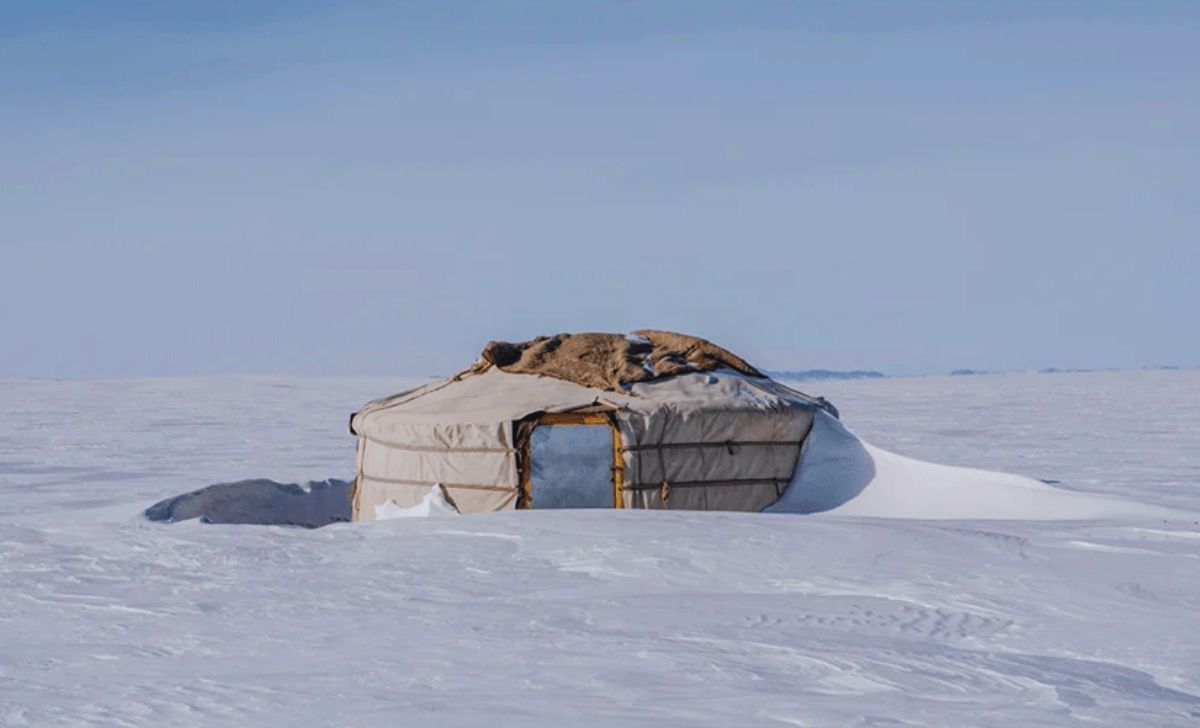Mongolia is experiencing its coldest winter in five decades, with extreme weather causing serious challenges for both people and livestock.
Last winter, over 4.7 million animals died due to the severe cold, and the International Red Cross warned that such harsh conditions could threaten the livelihoods and food supply of thousands of people.
According to Mongolia’s National Agency for Meteorology and Environmental Monitoring, snowfall is ongoing in five of the country’s 21 provinces, and 64% of Mongolia’s land is now covered in snow. Last winter, heavy snowfall and floods caused significant damage, including the loss of millions of livestock.
This winter, meteorologists predict colder-than-average temperatures across most parts of the country. The National Emergency Management Agency has issued warnings for harsh weather, forecasting strong winds and snowstorms in western, central, and southern Gobi regions over the next two days. Citizens, particularly nomadic herders and drivers, have been urged to take precautions against potential disasters.
A phenomenon called “dzud,” characterized by extremely cold temperatures and snow-covered grazing lands, has severely affected Mongolia. This condition disrupts the food supply chain, as animals struggle to find forage.
Mongolia has about 300,000 traditional nomadic herders who rely on livestock such as cattle, goats, and horses for their livelihood. For many, livestock is their only source of income and survival. However, recent weather events have pushed some into poverty within months.
Alexander Matheou, Asia-Pacific Regional Director of the International Federation of Red Cross and Red Crescent Societies (IFRC), told CNN, “Many herders are now unable to feed their families or heat their homes.”
Since November, 2,250 herding families have lost more than 70% of their livestock, and over 7,000 families no longer have access to sufficient food.
The dzud has affected three-quarters of Mongolia, and with the winter expected to last longer, the situation is likely to worsen further.




